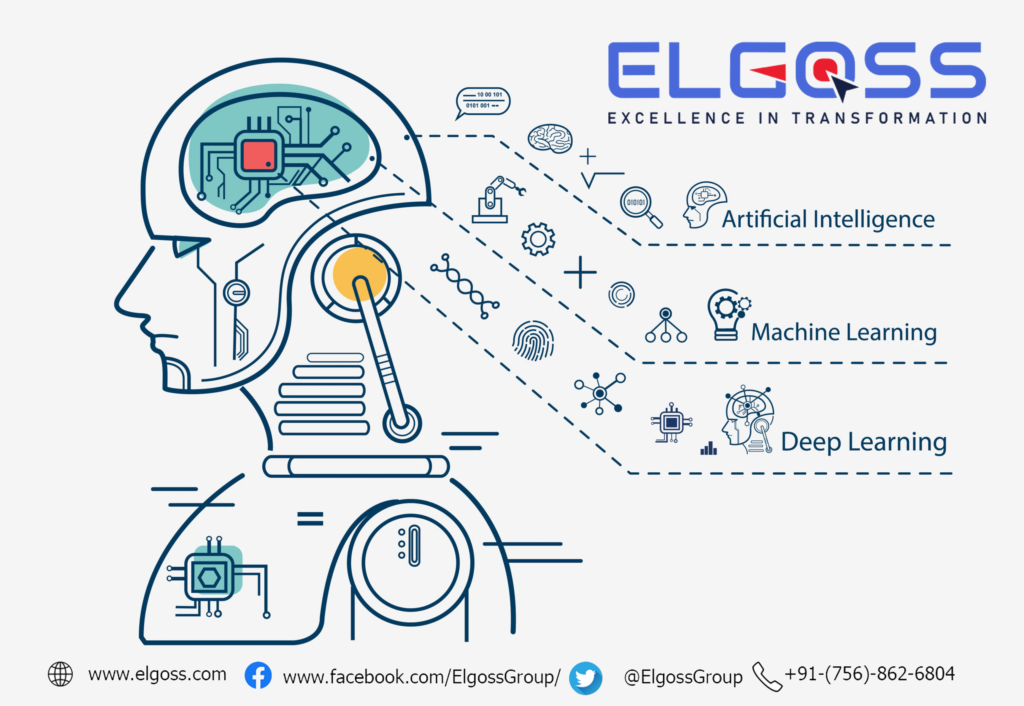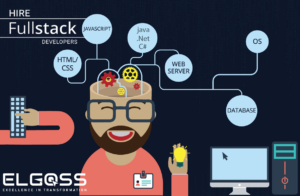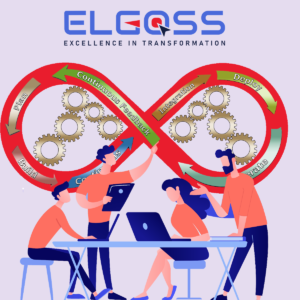Why Machine Learning Transformation Is Important For Education ?
3 min read
Machine Learning (ML) is a technology that features an unlimited potential and its implementation has been met positively across various fields and sectors.
The education sector is among the most important sectors that benefit from ML technologies and will continue to do so over the years to come. ML technologies for education, through the current times, are widely based in and around the classroom. But, they bring about a paradigm shift in the operational productivity and effectiveness of schools, colleges, and universities.
What Makes ML An Important Technology For Classroom Learning?
Across the years gone by, the advent of computers, the digital revolution, the internet, and physical hardware have bought about a paradigm shift in how we teach and learn. Intelligent technologies such as AI and ML once again put us in the position to revolutionize educational operations.
Aside from AI and ML, a few of the other recently developed technologies that are relevant to the education industry include augmented reality applications, virtualized learning environments, and real-time data analytics. When combined with new-age technologies such as AI and ML, they can offer new dimensions for classroom learning.
5 Ways In Which ML Is Transforming Education And The Classroom
Prediction and Pathways
The power of AI and ML systems is unrivaled, and using them, predicting outcomes is simplified using the pre-existing data sets. So, a unique learning pathway can be generated for each student. This is particularly for the students whom the teacher feels can benefit from attention in a particular subject area. As the students fill in the gaps, they are better placed to take important exams.
Customized Content
When used with interactive educational tools, ML can aid with the creation of more concise and targeted educational content. This content can further be customized to be the best match for each individual learner. This will be defined by the data collected through their engagement, or through their own personal learning pathway. Customized content is another methodology that helps students form a deeper understanding of any particular subject area.
Virtual & Classroom Technologies
Two trends that are presently sweeping across nearly every commercial sector and industry are gamification and virtualization. In the field of education, learning zones and virtualizations are a reasonable bit of aid for all those entities that are attempting to keep the engagement levels with students higher. If there is a learner who is struggling with teaching methods that are traditional, such as blackboards and textbooks, then these methods will work for him. Just as an example, augmented reality applications could make use of ML technologies, and their potential applications will, correspondingly, increase. These applications could be used across schools and colleges and would be able to drive higher levels of student engagement. Implementing smart technologies withholds a great deal of potential for schools, and investments should be made in the research and implementation of the same.
Tracking & Tutoring
Big data and analytics software have yielded winning results for several industries for some time now. In recent years, analytics and big data have been leveraged in the fields of personalized tutoring and student performance tracking. But the attempts to use ML in the mix have been fewer still. Machine Learning withholds the potential to track tutoring requirements and student tracking. Using these technologies, schools and colleges could be alerted automatically about how the students are doing. They’d come to know by default if the students happen to fall below a certain level of grades or attendance. By identifying the areas where the students are struggling, a tutoring plan can be developed for addressing these issues.
Collaboration
Applications of ML technologies can help students learn teamwork at school. This collaboration is learned through the implementation of the internet and mobile technologies. Just as an instance, a few of the social media networks, such as Brainly, are now in place for students. Using such apps, the students, the students can collaborate and figure out answers to their homework. Using ML algorithms, it becomes easy to figure out the genuine users and the questions that are spam. The answers submitted by students can also be verified to respond to their peer’s questions. A few such methods are also available, wherein the students can collaborate to come up with answers.



